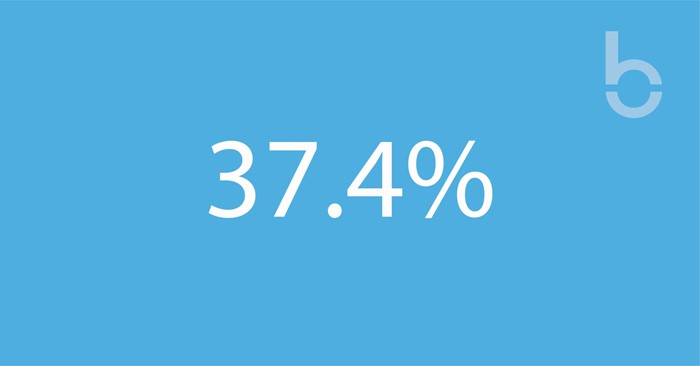That’s the number of patients who identify this issue as having a negative impact on their food intake while managing an illness. Consider this just one concern among a litany of issues. As part of the healthcare team, you want to ensure that nutrition is accessible, appetizing and that every effort is made to speed the recovery time. According to the Canadian Malnutrition Task Force in their report, Becoming ‘Food Aware’ in Hospital, the effect of illness on food intake presents itself in a number of ways. These include:
63.9% Loss of appetite
42.7% Sickness
41.1% Tired
25.1% Worried
20.0% Depressed
17.1% Breathing difficulties
15.2% Chewing or swallowing difficulties
What measures do you put into place to ensure staff are able to identify these issues while they’re happening? Food may be left on the trays but are staff asking the patient if they are having difficulty with any of the above issues? A quick scan of the tray and discussion with the patient may be more revealing that you anticipated. Encourage staff to take the extra time to check in and ensure eating is as comfortable, manageable and accessible as possible.



















